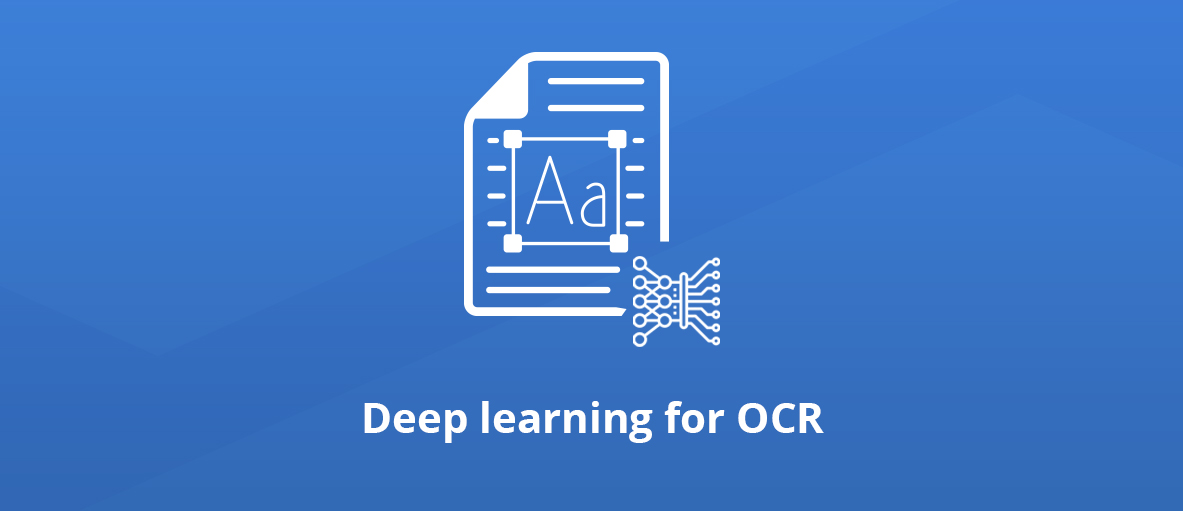OCR or optical character recognition is becoming increasingly important and needed for many companies and organizations that look for ways to automate and streamline their digitalization pipelines. Many companies for example need invoice automation or handwriting recognition. These companies use OCR extensively.
With the rise of AI, we can now tackle OCR problems in an unprecedented way. ORPALIS is at the forefront of developing deep learning-based solutions for solving challenging OCR tasks. We build powerful solutions that help companies and organizations to save resources and become more efficient, fast. Some of these solutions are GdPicture.NET, Docuvieware, and many more!
Deep learning refers to a field of artificial intelligence that uses neural networks, which is a technique that simulates how the brain processes information. What impact will this have on your organization?
n fact, this new approach that we developed at ORPALIS will handle some edge cases that were very difficult to handle before. Moreover, this approach can be constantly improved, so future versions of our products will continue improving to serve the needs of our customers in the best ways possible.
Components of an OCR engine
1. Introduction:
An OCR engine is composed of 2 parts: text detection and text recognition.
Text detection is the process of finding regions of text in a document. Different documents have different structures (invoice, newspaper, …) so this task has historically been very challenging. Especially as it was done before the deep learning era where engineers were handcrafting features to address such tasks.
On the other hand, a text recognition system takes as input part of a document that contains text (a word or a line of text) and outputs the corresponding text.
Deep learning approaches have shown great potential for both text detection and text recognition.
